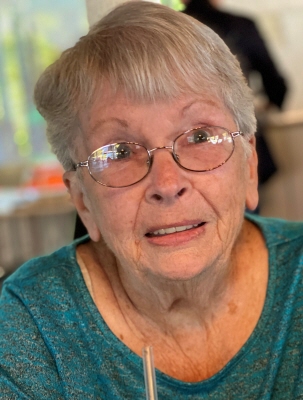The 2020 septic regulation spearheaded by Marion Board of Health chairperson Dot Brown that requires any new construction in town upgrade to include denitrification technology hit a snag during the board’s May 26 meeting when members Dr. Ed Hoffer and Vice Chairperson Dr. John Howard voted against Brown to grant an applicant a variance allowing a house expansion while retaining an existing Title 5 septic system.
Brown resigned her position on the board effective June 14 and issued the following statement: “The Board of Health accomplished a lot while I was a member through some very
difficult times. One of my key objectives was to improve Marion’s open water quality. The Board of Health and the town made some good steps, but further progress depends on the full support of Marion’s town government and citizens, and that just isn’t there yet. I found it best to withdraw my efforts until the state imposes their regulations. I throw my full support behind those people continuing the work to keep our town beautiful, healthy and clean.”
Howard announced Brown’s resignation in opening the board’s June 16 meeting: “On behalf of Dr. Hoffer and Lori (Desmarais, Public Health director/nurse) and Maureen (Murphy, administrative assistant) and myself, we would like to thank her very much for her time and effort, both to this board and also to the Town of Marion.”
With that, Howard made a motion that he serve as chairman and Hoffer as vice-chairman and temporary clerk until the Select Board can appoint a new member to serve out the remaining year of Brown’s term scheduled to expire in May 2023.
It has been a tumultuous 2022 for the Marion Board of Health. On the heels of massive volunteer efforts to vaccinate residents against COVID-19, the board’s other business turned volatile when several local businessmen expressed vehement opposition to a proposal for dumpster regulations that they insisted should not apply to them, considering the proposal emanated from complaints at two residential complexes and would leverage what local businesses consider unreasonable hardships on their operations.
In response, Hoffer recommended a board member meet with local businessmen to hear their concerns in person and outside the limitations of a public meeting. He suggested the town go back to the drawing board and more accurately direct any further attempt at dumpster regulations toward the residential properties where the complaints were made.
Soon thereafter, the town was without a health agent after the resignation of Ana Wimmer, who had been working for Marion on a part-time basis.
Freshly reorganized to sink its teeth into the June 16 public meeting, Howard, the new chairman, and Hoffer, the new vice chairman, heard from recently retired Town of Wareham Health Director Robert Ethier, now assisting the towns of Marion and Wareham on a part-time basis.
Ethier reported on June 16 to the Marion Board of Health on problematic home inspections. He suggested town officials discuss the tougher situations with state authorities to ensure proper next steps.
“I know the code very well and I know the law, but I just don’t want to go into another town … and just stir up a hornet’s nest. I want to do it right, and I want to help the people that are working with this,” said Ethier, telling the board he has been addressing six housing issues, among them a family with children living in a home with a mold problem created by water seeping in through a crack in the house’s foundation.
A house on Pitcher Street, said Ethier, is dealing with a worsening problem of animals, rodents and insects invading the home through holes. He said neighbors told him they won’t let their children out at night because of the animals in the neighborhood as a result of the problem at that house.
Ethier also reported an ongoing hoarding situation; Desmarais said the board was awaiting response to a letter sent to the owner of the property. Multiple citations were also made on a Front Street residence, and updates were given on several other properties.
Howard thanked Ethier for his report.
After a public hearing, the board voted to approve a septic-related variance requested at 162 Point Road. Representative Rick Charon described the residence as a seven-bedroom, waterfront home with work planned inside the 100-foot buffer zone to coastal bank.
Desmarais reported 1,322 total Covid cases in Marion. As of June 16, there had been 17 documented cases for the month of June. Most are determined by home testing, Desmarais said.
The board did not announce the date of its next public meeting upon adjournment.
Marion Board of Health
By Mick Colageo
